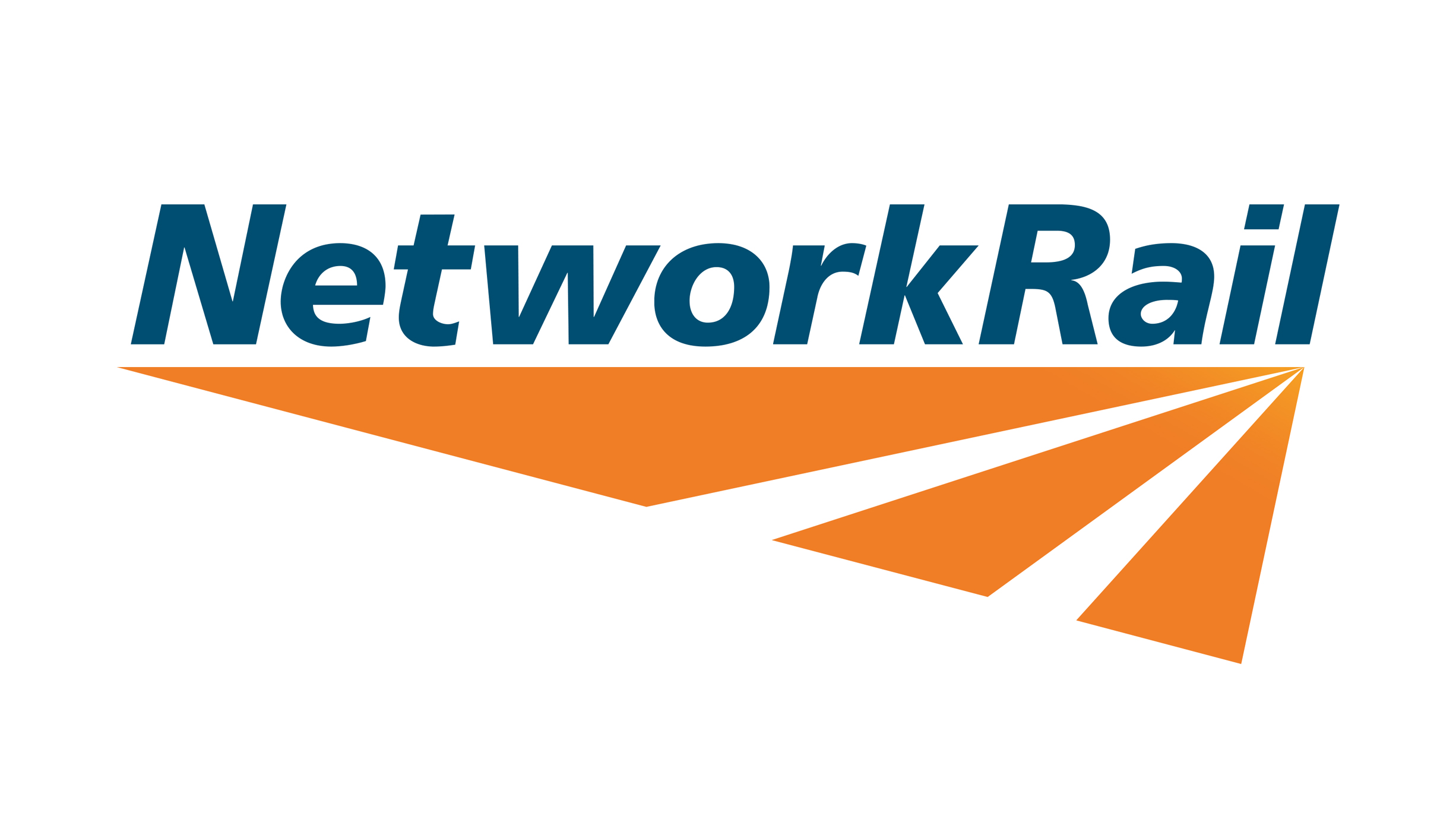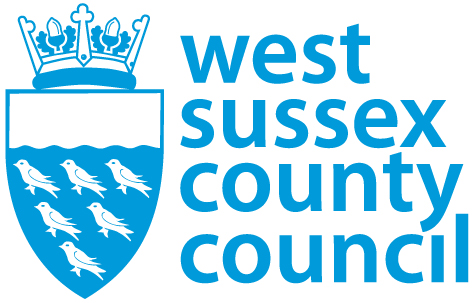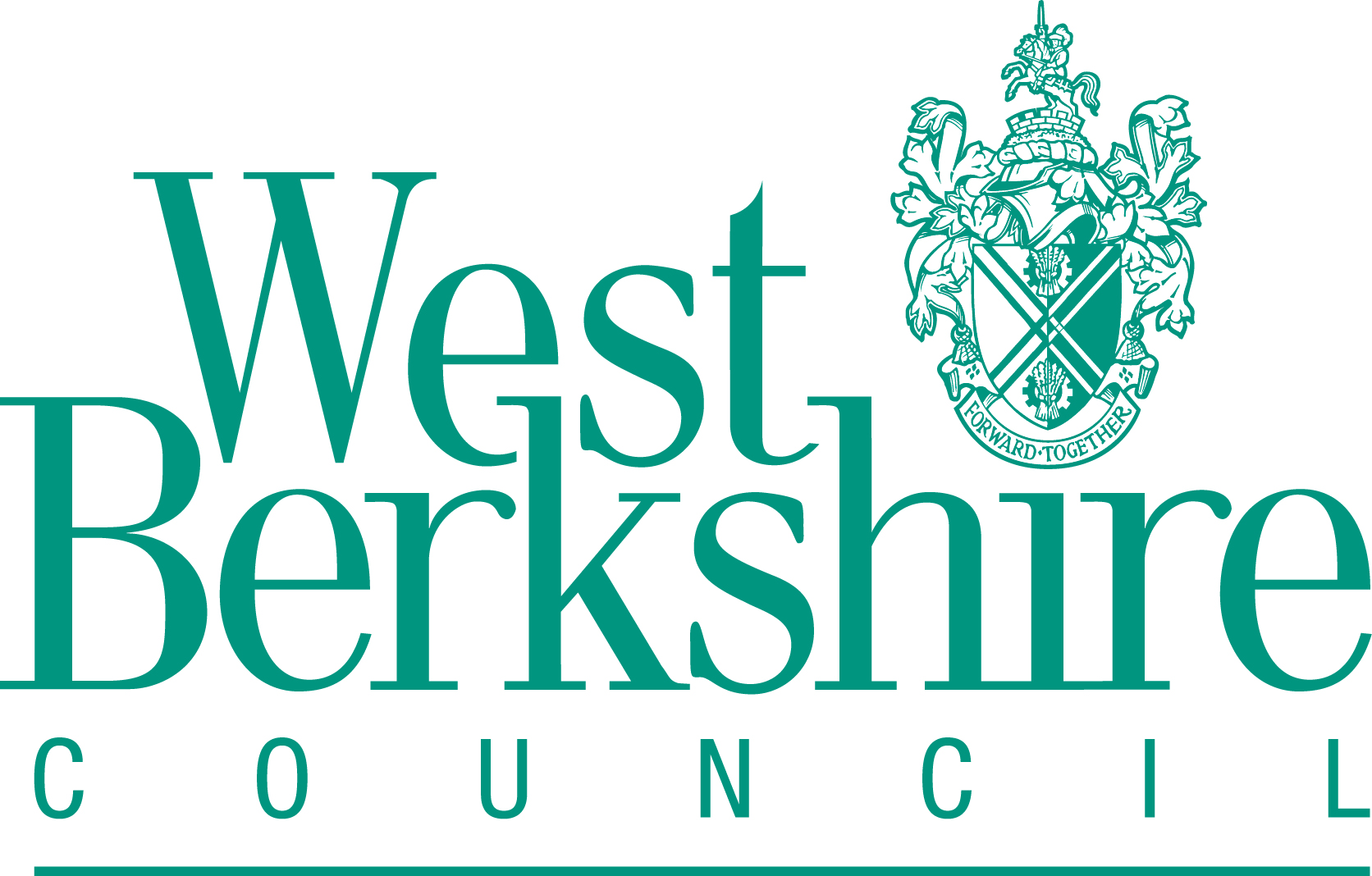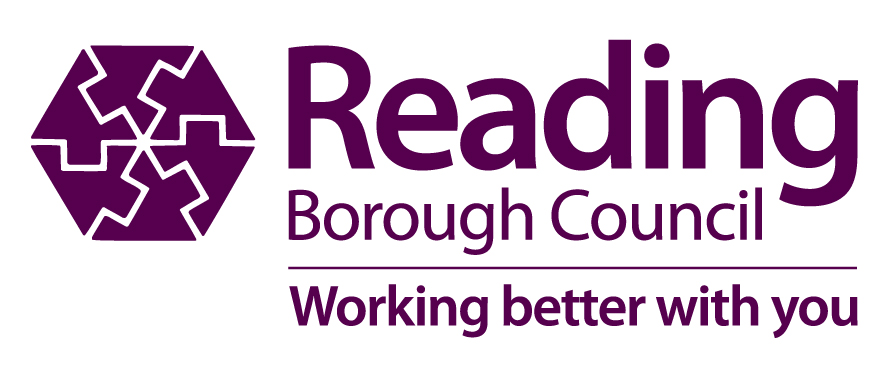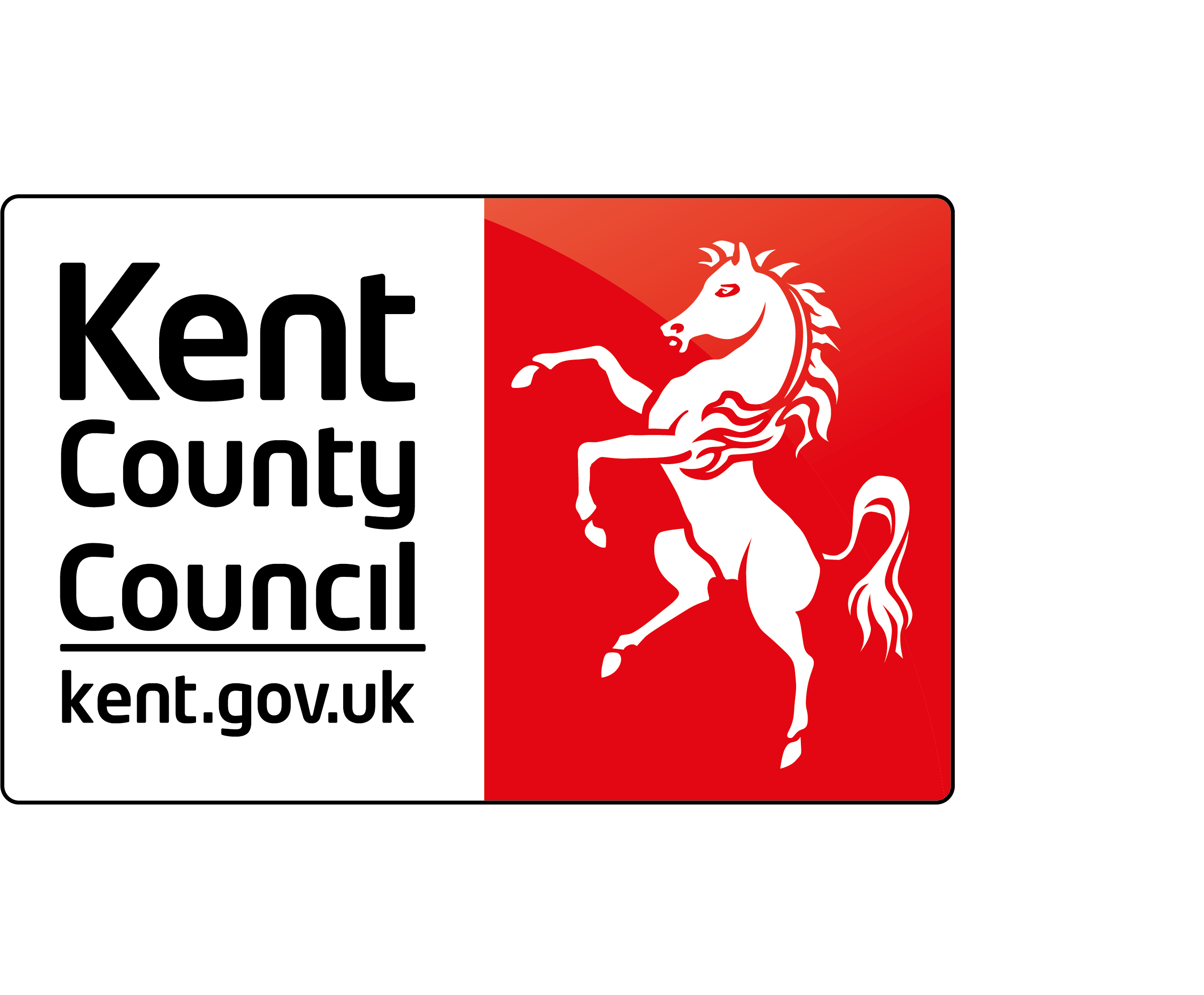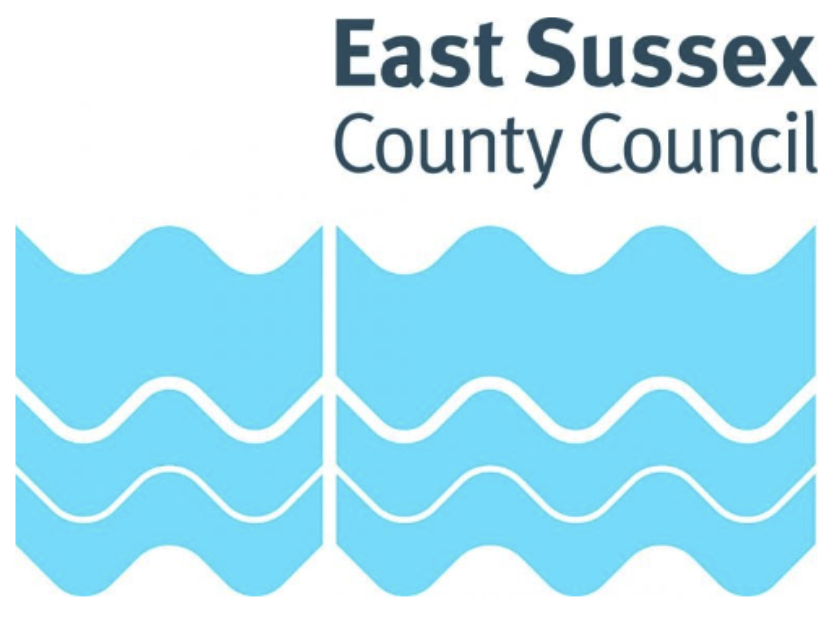Decarbonisation
A Pathway to a Sustainable Future
We’re committed to hitting net zero carbon emissions in the South East by 2050, at the latest.
Today, transport is the single biggest contributor to UK carbon emissions.
That needs to change.
Across the South East, our local authority partners are putting in place local transport plans to increase walking and cycling, support the move away from fossil fuels and reshape communities around the needs of people, not vehicles.
Our role as Transport for the South East is to make sure that investment priorities we put forward at a regional level will enable us to achieve our goal of a net zero carbon future by 2050 at the latest.
To do that, we have developed a tool that enables our local transport authorities to work out what reductions can be achieved through the transport measures in their Local Transport Plans.
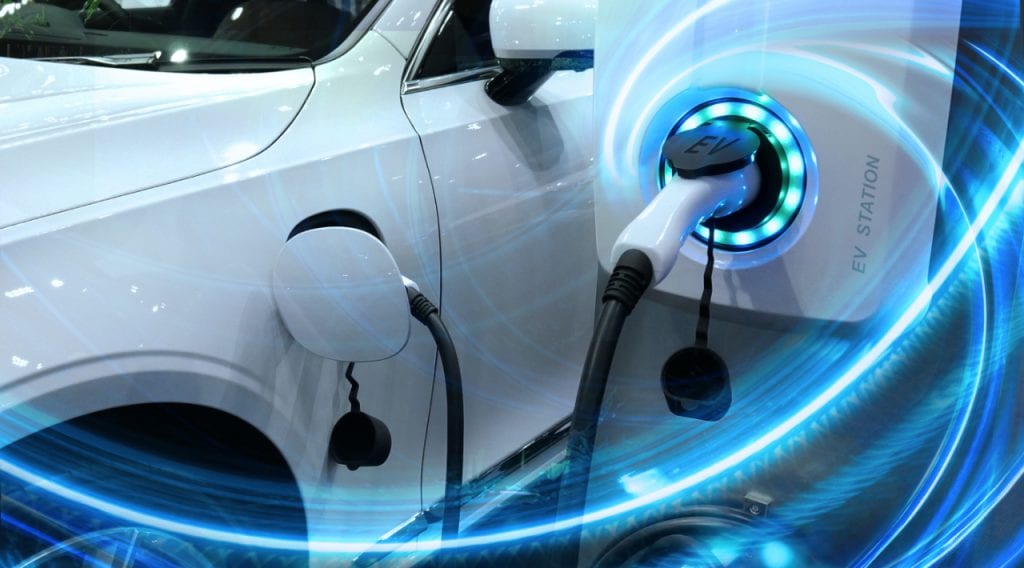
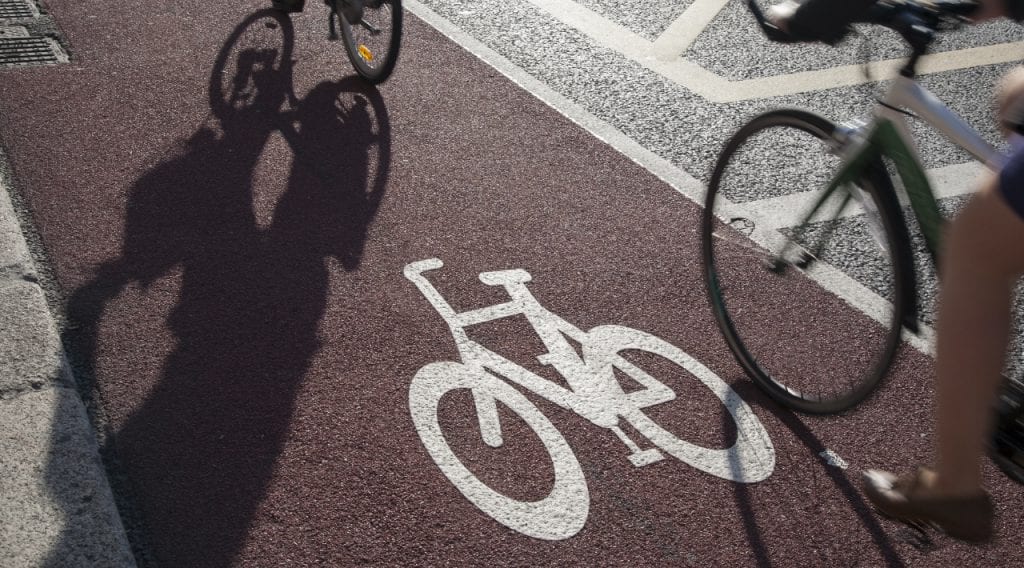
Carbon Assessment Report
The Carbon Assessment Playbook has been developed by England’s Subnational Transport Bodies for use by local transport authorities to provide an evidence-led, quantifiable approach to carbon reduction in the development of local transport strategies and plans. The data, tools and guidance it provides can help local transport authorities to:
- Understand the ‘emissions gap’ in their area – the baseline dashboard and report provide a breakdown and projections of current and future emissions in each local transport authority, as well as scaled decarbonisation pathways to guide levels of ambition.
- Test the carbon impact of different transport outcomes – the ‘levers’ included in each baseline dashboard enable authorities to visualise how different transport outcomes could contribute towards decarbonisation ambitions relative to their local baseline.
- Inform option generation and assessment – the intervention cards summarise the carbon reduction potential and parallel co-benefits associated with 29 different types of local transport intervention. The policy builder can be used to develop bespoke policy packages to understand the possible carbon impact of measures when delivered in different local areas.
- Quantify the carbon impact of a strategy or plan – the potential cumulative impact of a local transport strategy or implementation plan can be visualised in the policy builder. This data can be exported for external analysis or to present in a different format.
Local Transport Authorities can access the Carbon Assessment Playbook through TfSE’s Centre of Excellence here: TfSE Centre of Excellence

